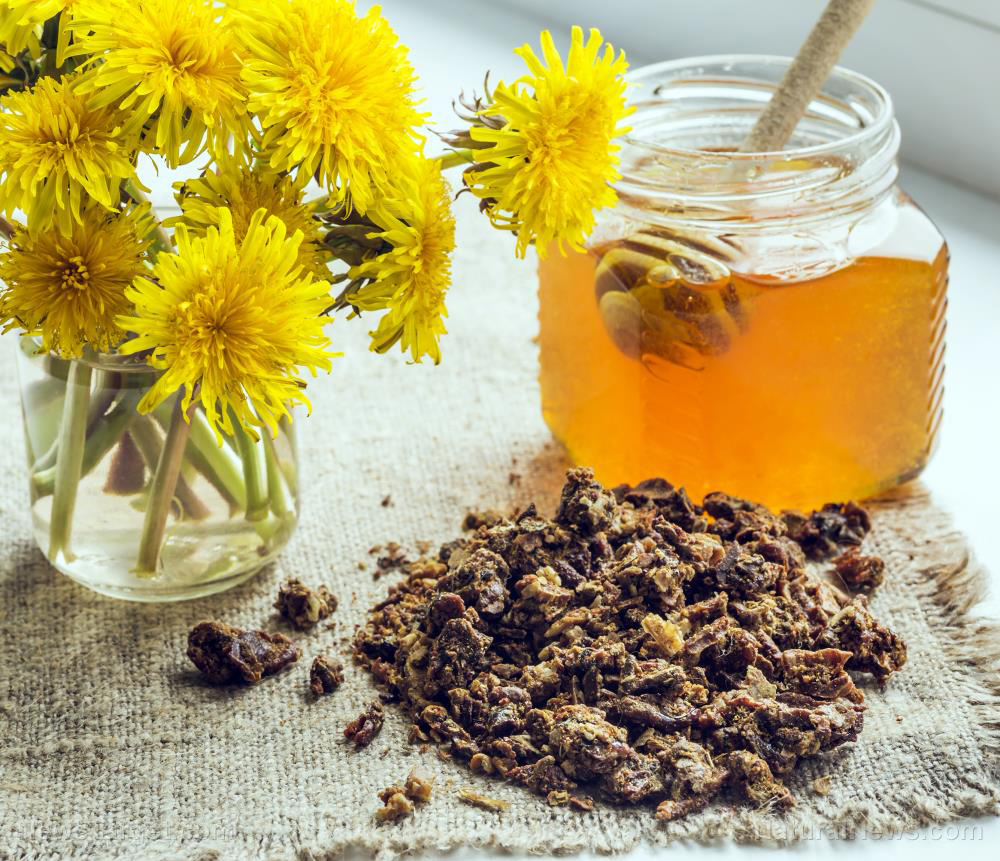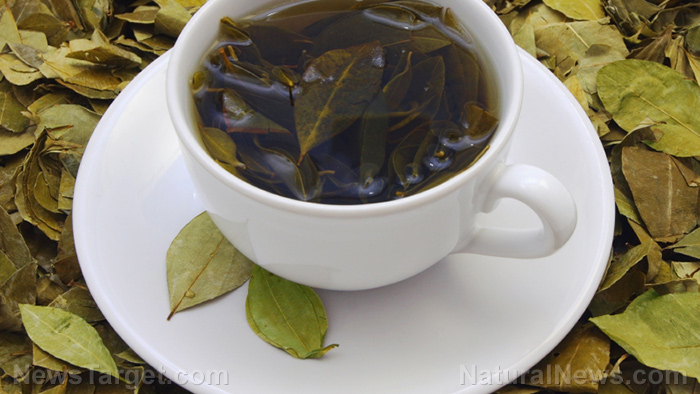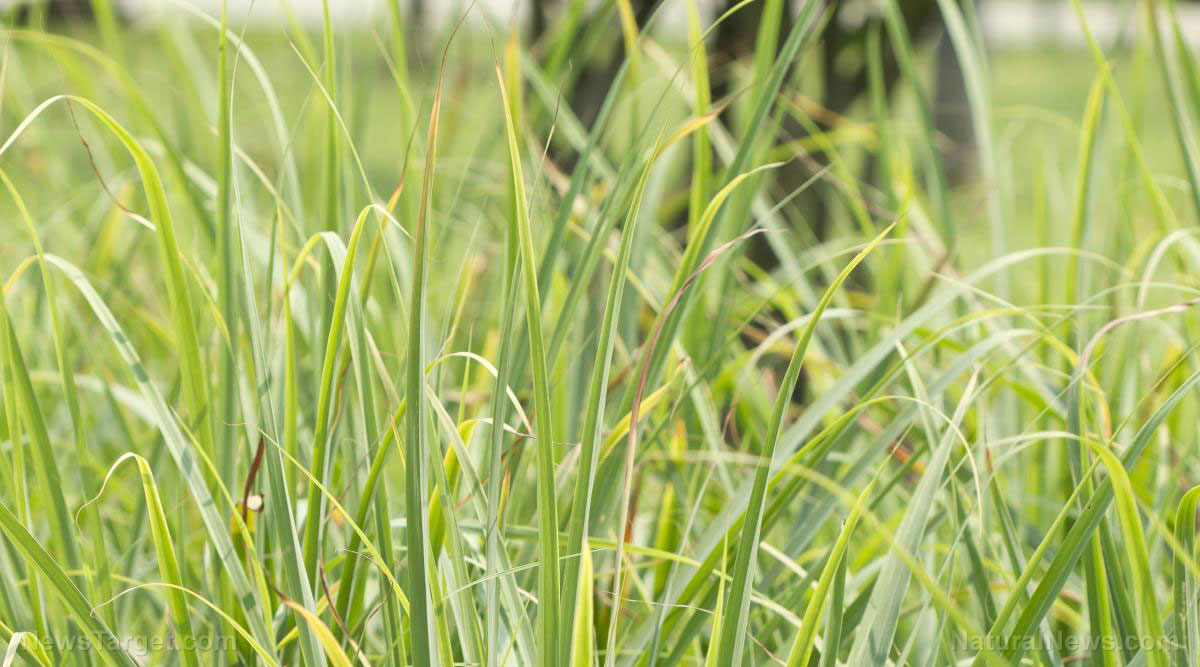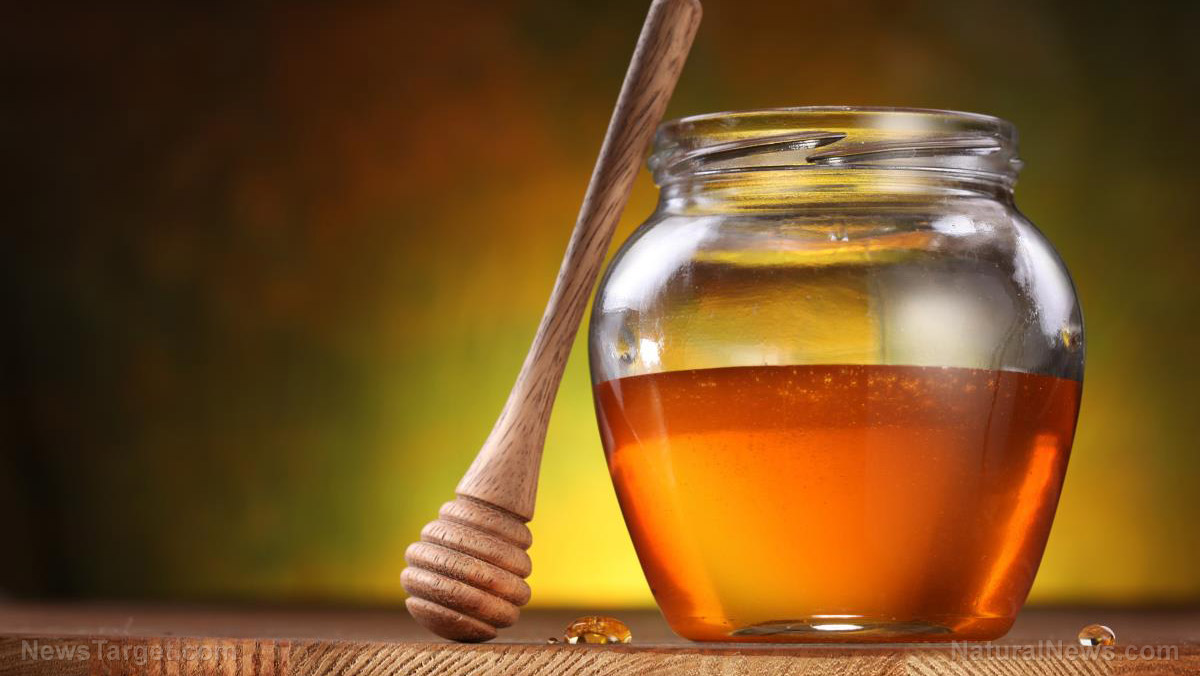Study shows the efficacy of adlay tea in preventing influenza
12/04/2018 / By RJ Jhonson

Influenza, more commonly known as the flu, can be treated with adlay tea, according to a study published in the Journal of the Science of Food and Agriculture, offering a novel means to treat the disease without having to depend on chemical medication.
Influenza may not seem like a particularly remarkable disease. Although highly contagious, the regular flu usually goes away after seven to 10 days. However, its symptoms can be debilitating enough at the disease’s worst, preventing you from going to school or work, or engaging in your daily routine. Additionally, certain strains of the influenza virus, such as the pathogen behind swine flu (H1N1), remain a considerable threat to humanity.
The authors of the study wanted to look into the antiviral properties of adlay tea and its ability to inhibit the influenza virus. Adlay tea is made from adlay millet (Coix lacryma-jobi), also known as Job’s tears. The plant is common to Southeast Asia but is gaining popularity in the West as a gluten-free grain. It is also valued for its medicinal effects which, according to Eastern tradition, include fighting cancer and inflammation and lowering blood sugar.
The researchers’ experiments revealed that adlay tea, at a concentration “suitable for drinking,” had antiviral effects against the influenza A/PR/8/34 (H1N1) virus. It also inhibited the multiplication of H1N1, H3N2, and B influenza strains, including those that have grown a resistance to oseltamivir, an antiviral medication commonly used to treat influenza.
However, the mechanism behind this effect of adlay tea remains a mystery. The authors believe that although adlay tea is rich in polyphenols, it contains other currently unknown compounds that exert a stronger influence and are preventing the viruses from successfully replicating.
Thus, they concluded that drinking adlay tea can be an effective treatment for influenza, but its exact mechanisms need to be investigated further.
Natural remedies for the flu
Apart from adlay tea, you can also try a number of other natural formulations for the flu. Here are some of them:
- Salt water – To make salt water, you will need to combine ¼ to ½ teaspoon salt and a glass of warm water. This mixture needs to be gargled once or twice a day. Aside from helping relieve the sore throat that typically marks the onset of the flu, gargling with salt water may also help pull viral fluids out of your throat area.
- Honey – This sweet syrup has a potent antibacterial effect and works really well as a home remedy for a cough. Taking honey when you have the flu will help soothe your irritated mucous membranes and give you a degree of relief.
- A ginger shot – Ginger has anti-inflammatory and anti-bacterial effects that make it great for treating influenza. You can obtain the benefits of ginger by eating a knob of it, but drinking a shot of ginger juice may be more effective.
- Elderberry syrup – This is made from elderberry, the fruit that grows from the elder tree. It has plenty of health benefits, with studies indicating that it can help relieve cold, as well as treat annoying sinus infections may occasionally accompany the flu.
- Propolis – This is another product produced by bees as a glue to keep the hive together. It has potent antiviral and antibacterial properties that make it an effective treatment for common diseases. (Related: Protect yourself from flu season with these natural cold remedies.)
- Essential oils – Different essential oils can be used for various applications when you have the flu. Eucalyptus essential oil may be taken for its antimicrobial properties, while peppermint oil may be used to decongest blocked nasal passages. Just remember that pure essential oils are often too harsh and thus, need to be mixed with a carrier oil before it is used.
- Garlic – Despite its pungent odor, garlic is extremely good for you. It is rich in vitamins and minerals that boost your health in many ways. It can also help you beat colds and the flu. You can eat a clove to reap its benefits, although you can also just add it to your favorite dishes.
Find the best home remedies for common diseases at Remedies.news.
Sources include:
Tagged Under: adlay, adlay millet, adlay tea, Flu, food as medicine, food cures, gluten-free grain, H1N1, herbal medicine, influenza, Job's tears, natural cures, natural medicine


















